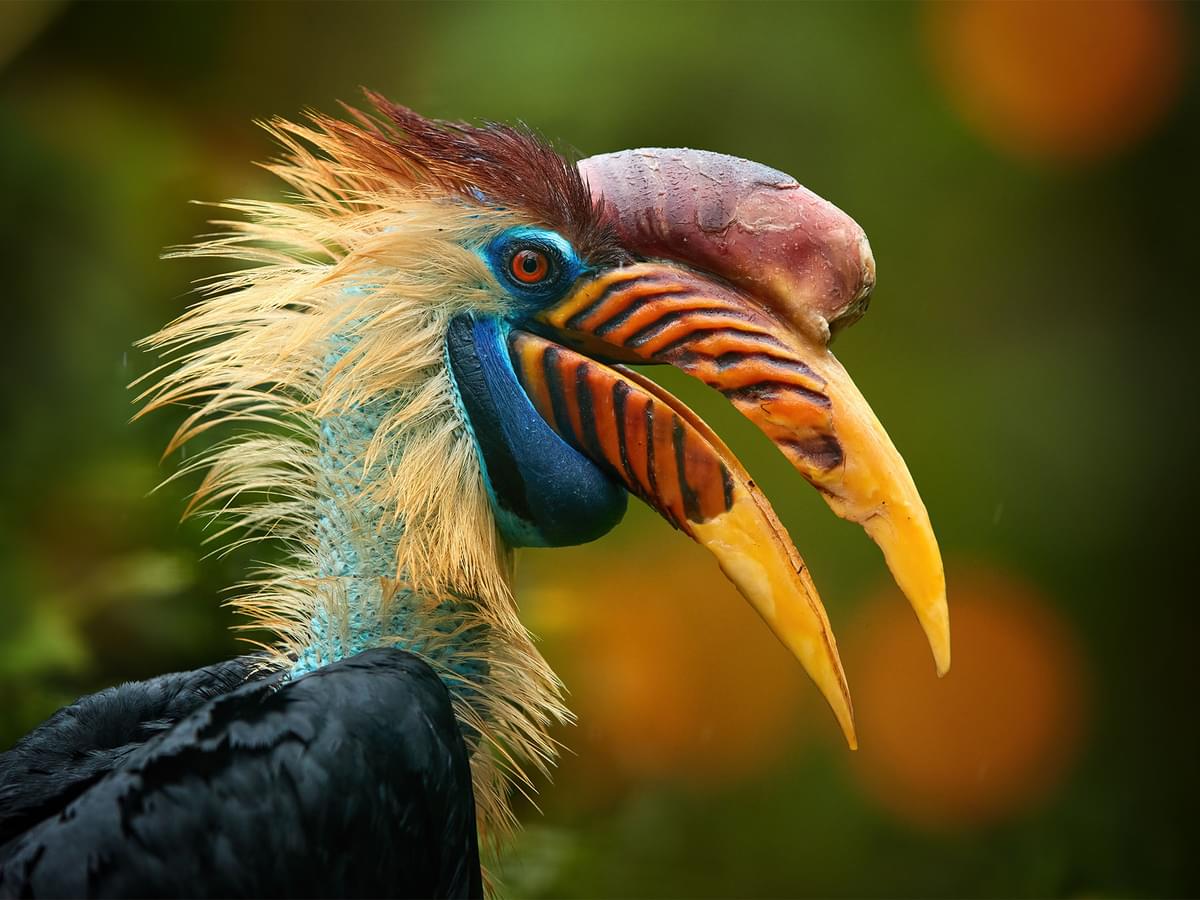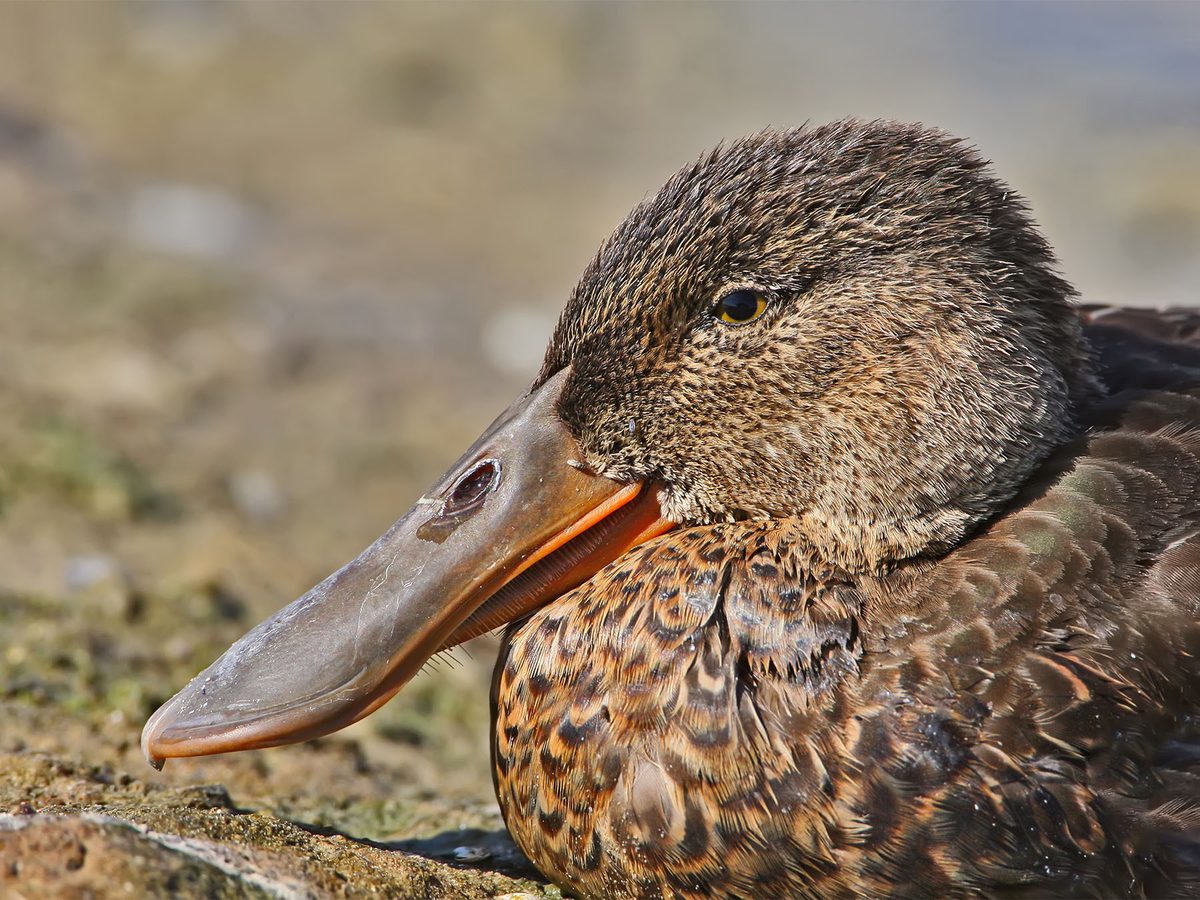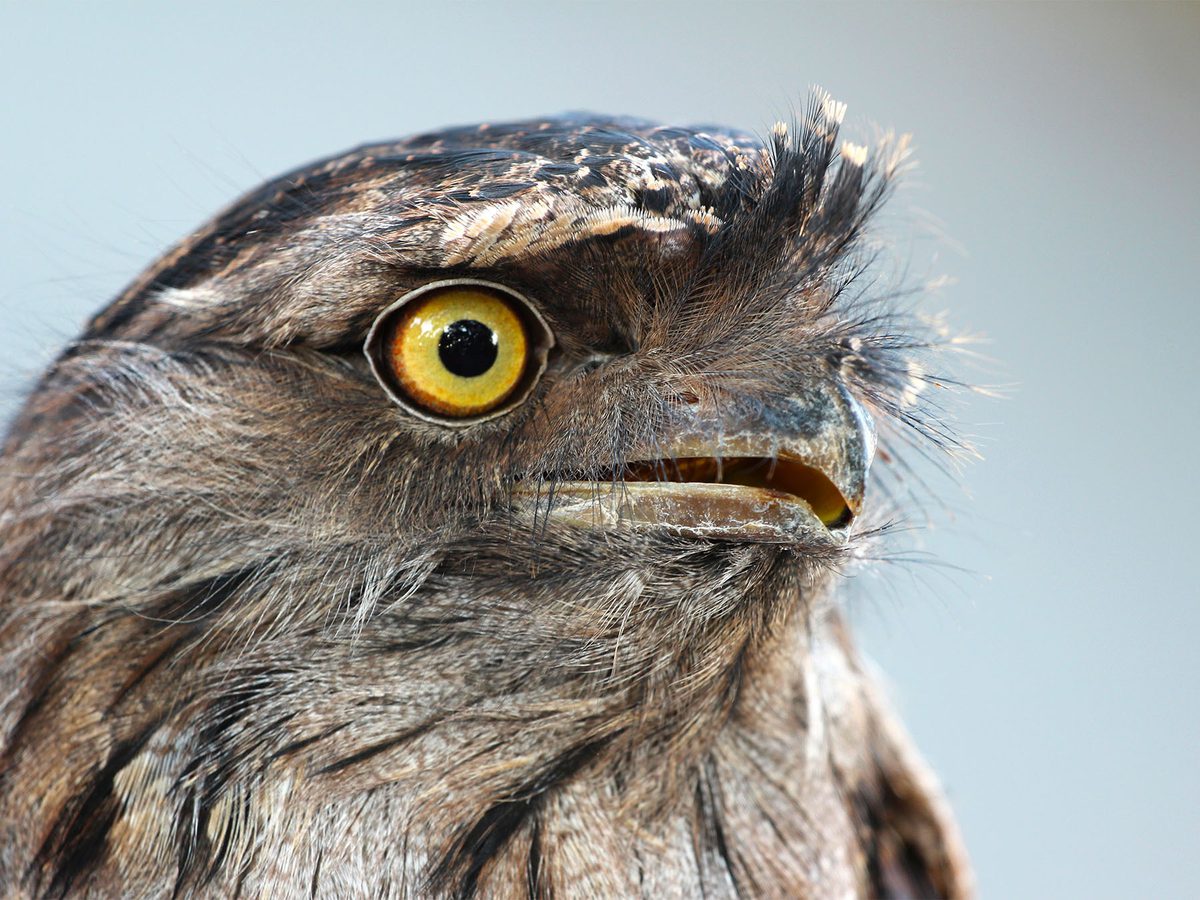Beak Shapes and Function

Have you ever heard the old one-liner - ‘Nothing sucks seeds like a budgie without a beak’? It’s not exactly the joke of the century, but it does hint at the incredible importance of the bill in bird survival.
Avians have evolved a remarkable range of bill shapes, each of which can be thought of as specialized tools perfectly adapted for various tasks. Some beaks are like multitools, useful for many different jobs but unable to complete the tricky ones. Other beaks are so highly specialized that they put their owners at certain disadvantages but allow them access to untapped resources.
In this guide, we’ll delve into the fascinating world of bird bill shapes and functions. Read along to discover the reasons behind the diversity.
The Anatomy of a Bird Beak
Basic Structure
We tend to describe the beak as a single unit, although it consists of several components. The core of the beak is made of fused bones known as the maxilla (upper jaw) and mandible (lower half). These are covered in a visible external layer known as the rhamphotheca.
The nares (nostrils) are located near the base of the maxilla in most birds and sometimes through an additional waxy layer known as the cere. The nares may also be covered by an operculum, which functions like a lid to keep out dust and other foreign material.
Material and Growth
Birds use their bills in different ways, depending on their diet and foraging strategy. As a result, the hardness of the rhamphotheca varies from tough and horn-like in the woodpecker to leathery and sensitive in ducks. This outer layer is rich in a protein called keratin, which is the same material found in our hair, nails, and outer skin layer.
The inner bones of the bill do not grow as the bird ages, although the rhamphotheca grows continuously throughout the bird’s life and is worn down through use. Sometimes, this causes the bills of caged birds to grow unusually long, but fortunately, experienced vets can trim the beak back into shape.
In nature, constant regeneration helps birds maintain sharp points and edges along their bill, and damaged bills can regrow if the injury is limited to the rhampotheca.

A European Green Woodpecker - Birds use their bills in different ways, depending on their diet and foraging strategy
Navigating Beak Diversity
Birds’ bills come in a fascinating range of shapes and sizes, although a few designs are shared across the globe. Continue reading to learn about some typical bird bill shapes and the feeding techniques that they are associated with.
Filter Feeders
Waterbodies are home to many tiny plants and animals that are highly nutritious but a little too small to make a meal for a large bird. However, some species have found a way to exploit these abundant food sources highly efficiently.
Ducks and Flamingos are filter feeders that suck water and mud through their specialized bills to trap invertebrates, seeds, and algae while expelling the water and other unwanted matter. Comb-like structures called lamellae line their bills and filter out their food.
These unrelated birds may have similar feeding styles, but their beaks look pretty different. Ducks' bills are spatulate, or vertically flattened, while the large, downcurved beaks of Flamingos are horizontally flattened.
Probers
Many worms and crustaceans burrow into moist sand and mud where they should be safe from predators above. However, many birds have evolved to feed on these hidden invertebrates by probing the ground with their bills.
Shorebirds like Oystercatchers, Sandpipers, Curlews, Ibises, and Sanderlings have long, thin beaks perfect for reaching down and snatching unsuspecting creatures from their burrows.
Of course, it’s impossible to see these creatures down below the surface, but probe-feeding birds as diverse as the Scolopacidae (Sandpiper family) and the strange flightless Kiwis of New Zealand have a special trick for detecting their prey. These birds have sensory pits at the tips of the bill that can sense vibration and pressure differences.
Not all probing birds find their prey in soft material like mud. The Woodpeckers are a remarkable group of birds that drill into wood to get at invertebrates like ants and grubs. Their bills are comparable with carpenters’ chisels, and they use them to strike at the wood over 20 times per second!
Even with all that pecking, they can’t always reach their prey with their bills. To solve this problem, Woodpeckers have evolved extraordinarily long tongues with barbed or sticky tips that can extend much further into insect tunnels and colonies.

A female Northern Shoveler - Ducks and Flamingos are filter feeders that suck water and mud through their specialized bills

An American Oyster Catcher - Many birds have evolved to feed on hidden invertebrates by probing the ground with their bills
Raptors
Raptors, or birds of prey, have evolved specialized bills for killing and eating their prey. These hunters have robust bills with a long maxilla that curves downward at the tip to form a sharp point.
While birds of prey may swallow small animals whole, larger food must be torn into manageable strips, and that’s where that sharp hook comes in handy. Adult raptors also feed their young by tearing off small morsels until the chicks are strong enough to manage their own meals.
The hooked bill shape is mainly associated with raptors like Hawks and Eagles, but you can also spot this specialized beak on other carnivorous birds like Owls, Shrikes, and Skuas.
Nectar Feeders
Flower nectar is packed full of carbohydrates that provide an energy-rich food source for many birds. While opportunistic avians may tear into flowers to access the nectar, some birds have evolved a much more efficient strategy.
Hummingbirds and Sunbirds are energetic little acrobats of the bird world with long beaks for probing tubular flowers. These birds have evolved a mutualistic relationship with flowering plants whereby they pollinate the flower for a nectar reward.
Nectar-feeding birds have straight or curved bills that may be incredibly long to access the nectar at the base of large flowers. Indeed, the bird with the longest bill relative to its body size is a specialized nectar feeder. The Sword-billed Hummingbird of South America has a slightly upcurved bill that is about the same length as its body!

Portrait of a Golden Eagle - These hunters have robust bills with a long maxilla that curves downward at the tip to form a sharp point

Portrait of a Fiery-throated Hummingbird - These energetic little acrobats of the bird world with long beaks for probing tubular flowers
Seed Eaters
Seeds are a major food source for avians of all shapes and sizes. In fact, a taste for seeds may have been the secret behind the survival of birds when all other dinosaurs went extinct. Seeds may offer a nutritious year-round food source for granivorous birds, but they can be tough to crack.
Seed eaters, like Finches, have characteristic conical bills. Their sturdy beaks evolved for cracking seeds, removing the hull, and then swallowing the nutritious kernel within. These birds manipulate the seed in their bill and crush it with the help of their ridged tomia.
Larger seed eaters like Chickens and Pigeons simply swallow seeds whole and grind them up in their muscular gizzard, but small birds without stout, cone-shaped bills must peck at the shell until it cracks, which takes a lot more effort.

Portrait of a Hawfinch - Seed eaters, like Finches, have characteristic conical bills
Beak Modifications and Special Cases
Competition is high in nature, and accessing an unexploited food source often requires specialized behaviors or body parts. Many birds have evolved unique and sometimes bizarre bills to help them hunt and forage.
Continue reading to learn about some interesting avian beak modifications.
The Pelicans Pouch
Pelicans have some of the strangest and most characteristic bills in the bird world. At well over a foot long, their immense beaks include a huge gular pouch on the mandible that can hold about three gallons of water! These voracious waterbirds use their bills like a net to scoop up their prey before draining the water and enjoying their meal.
Ducks and Geese - Birds with Teeth?
Although primitive birds still had teeth millions of years ago, no modern avians have true teeth in their beaks. However, modern waterfowl have specialized structures in their bills that look a lot like teeth to the untrained eye.
Geese have tooth-like projections along the cutting edge (tomia) of their bill that are used for tearing grass while feeding. Mergansers, which are fish-eating ducks, have serrated tomia for gripping their slippery prey, and filter-feeding ducks have fine lamellae that also look a little like teeth.

The immense beaks of Pelicans include a huge gular pouch on the mandible that can hold about three gallons of water!

Geese have tooth-like projections along the cutting edge (tomia) of their bill that are used for tearing grass while feeding
Nightjars and Flycatchers - Birds with Whiskers
Birds like Nightjars and Whippoorwills have whisker-like feathers around their bills called rictal bristles. They were assumed to help insect-hunting birds direct prey into their open beaks, although scientists are still grappling with the true function of these modified feathers.
Like in mammals, these whisker-like structures are suspected to be used as tactile sensors for detecting prey and navigating in dark environments.
The Skimmer’s unique fishing style
Skimmers are unusual, Gull-like birds of the Rynchops genus that live along rivers and coastlines in North and South America, Asia, and Africa. The lower half of their bill is much longer than the upper half, which comes in handy for their unique hunting style.
Skimmers fly low over calm waters with their lower bill slicing through the surface of the water. When a small fish is detected, they rapidly close their long beak to capture their meal.

A Tawny Frogmouth - Birds like Nightjars and Whippoorwills have whisker-like feathers around their bills called rictal bristles

A Black Skimmer - The lower half of their bill is much longer than the upper half, which comes in handy for their unique hunting style
The Spoonbill - Hunting by touch
Spoonbills are large waterbirds of the Platalea genus that occur on every continent except Antarctica. They are striking white or pink birds that may have long ornamental head plumes, depending on their species. However, it is their strange bills that really set them apart.
Spoonbills have very long, slender bills with a vertically flattened tip, just like a wooden spoon! This specialized tip is sensitive to touch, and these birds use them to search the bottom of shallow water with their bill slightly open, snapping it shut when they detect a frog or small fish.

Spoonbills have very long, slender bills with a vertically flattened tip, just like a wooden spoon!
Summary
From microscopic algae to large warm-blooded prey, birds rely on their beaks to capture and process a wide variety of food. The sheer diversity of bird bill shapes and sizes is a clear reminder of avian adaptability and the constant process of evolution.
Unfortunately, birds all over the world are under pressure from habitat loss, pollution, and many other environmental challenges. More than ever, we should take the time to appreciate their natural wonder and do what we can to protect birds and their natural habitats for future generations.